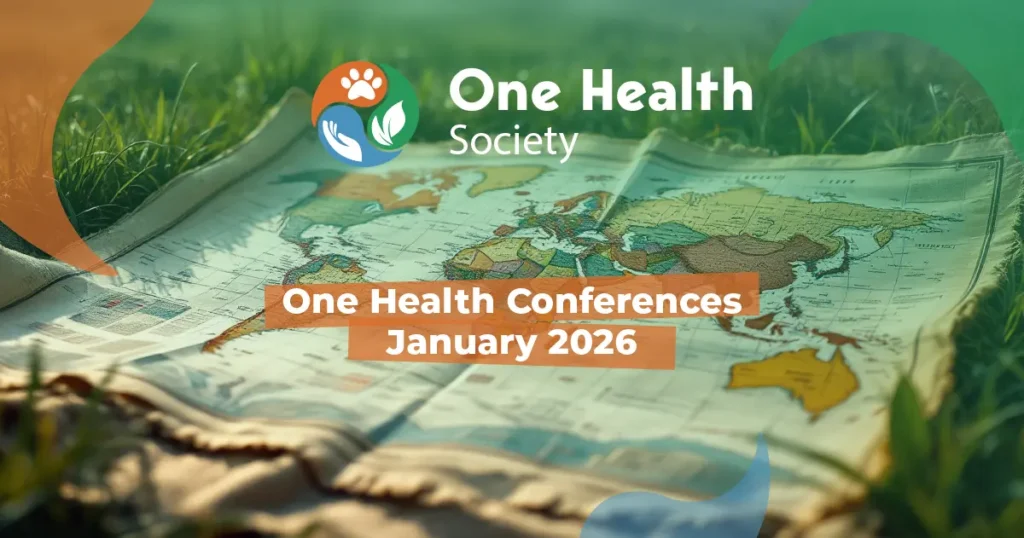Introduction
Sanitation and hygiene outbreaks can be prevented more effectively through simple, proven interventions. The World Health Organization (WHO) estimates that improved water, sanitation, and hygiene (WASH) could prevent at least 9.1% of the global disease burden and 6.3% of all deaths worldwide [1]. These statistics highlight the often-overlooked importance of basic hygiene practices in maintaining health at the individual, community, and global levels.
But if we know how powerful these tools are, why do millions still live without them—and how can we stop preventable outbreaks before they start?
Why Sanitation and Hygiene Matter
When sanitation systems are inadequate or absent, human waste contaminates drinking water, food, and the environment—creating perfect conditions for outbreaks. Diseases such as cholera, dysentery, typhoid, and hepatitis A are all waterborne and thrive in unsanitary environments [2].
Hygiene practices, particularly handwashing with soap, are critical in breaking the chain of infection. Yet, around 30% of people globally still lack access to basic handwashing facilities at home [3]. During pandemics such as COVID-19, this lack of access becomes a public health emergency, increasing vulnerability and enabling disease to spread rapidly.
Furthermore, without proper hygiene education and infrastructure, even communities with access to clean water remain at risk. Improper storage of water, lack of menstrual hygiene management, and shared sanitation facilities can also contribute to poor health outcomes and recurring outbreaks.
Real-World Sanitation and Hygiene Outbreaks
- Haiti’s cholera outbreak (2010–2019) infected over 800,000 people and caused nearly 10,000 deaths. Poor sanitation infrastructure, worsened by a devastating earthquake, created conditions ripe for a major public health crisis [4].
- Ebola outbreaks in West Africa were significantly worsened by inadequate access to handwashing, proper sanitation, and safe burial practices. These shortcomings facilitated the transmission of the virus in both healthcare and community settings [5].
- Shigellosis and rotavirus outbreaks are prevalent in refugee camps and informal urban settlements where people often share toilets or lack access entirely, and clean water is a luxury [6].
These cases reinforce that investing in sanitation and hygiene isn’t optional—it’s a matter of life and death.
How WASH Interrupts Disease Transmission
WASH interventions interrupt every stage of a pathogen’s life cycle:
- Water: Providing access to safe, treated drinking water reduces the ingestion of harmful microorganisms.
- Sanitation: Functional toilets and waste management systems prevent fecal matter from contaminating the environment and spreading disease.
- Hygiene: Handwashing with soap at critical times—after using the toilet and before eating—eliminates pathogens before they can enter the body or be passed to others.
These measures not only reduce the immediate threat of sanitation and hygiene outbreaks, but they also promote long-term health, productivity, and economic stability [7].
Persistent Challenges to Global WASH Access
Despite their importance, WASH systems often remain underfunded and deprioritized. Over 2 billion people still lack safely managed drinking water, and more than 3.6 billion do not have access to safely managed sanitation services [3].
Barriers to WASH include:
- Inadequate infrastructure in rural and underserved urban areas
- Limited political will and fragmented policies
- Cultural barriers and lack of hygiene education
- Climate change impacts, including floods and droughts
Preventing Sanitation and Hygiene Outbreaks: What Works
- Build Community-Based Infrastructure: Prioritize schools, clinics, and high-density neighborhoods for toilets, handwashing stations, and safe water systems.
- Promote Behavior Change: Use culturally appropriate messaging and education to foster habits like handwashing and safe water storage.
- Integrate WASH with Health Systems: Include WASH in maternal health, child nutrition, and immunization programs to create a holistic approach.
- Ensure Emergency Preparedness: Stockpile hygiene kits, mobile toilets, and water purification supplies for rapid deployment during outbreaks or natural disasters.
Conclusion
Sanitation and hygiene outbreaks are not simply a consequence of microbial threats—they are often symptoms of policy neglect, infrastructure gaps, and inequality. Clean water and sanitation should not be privileges reserved for the wealthy but rights guaranteed for all.
To prevent the next outbreak, we must act now: fund WASH initiatives, educate communities, and treat sanitation and hygiene as fundamental pillars of public health.
With these simple yet powerful tools, we can stop outbreaks before they begin—and build a healthier, more resilient world for all.
References
- Prüss-Ustün, A. et al. (2014). Burden of disease from inadequate water, sanitation and hygiene in low- and middle-income settings: a retrospective analysis. Trop Med Int Health, 19(8), pp.894–905. https://doi.org/10.1111/tmi.12329
- WHO (2019). Waterborne disease related to unsafe water, sanitation and hygiene. Available at: https://www.who.int/news-room/fact-sheets/detail/drinking-water
- UNICEF and WHO (2023). Progress on household drinking water, sanitation and hygiene 2000–2022. Geneva: WHO/UNICEF JMP. https://washdata.org/
- Ivers, L. C. (2011). Cholera in Haiti: The Equity Agenda and the Future of Public Health. N Engl J Med, 364(4), pp.300–302. https://doi.org/10.1056/NEJMp1012997
- WHO (2015). Ebola Response: Key Lessons from the Field. Geneva: World Health Organization.
- Spiegel, P. B. et al. (2010). Health-care needs of people affected by conflict: future trends and changing frameworks. Lancet, 375(9711), pp.341–345.
- Freeman, M. C. et al. (2017). The impact of sanitation on infectious disease and nutrition: a systematic review and meta-analysis. Int J Hyg Environ Health, 220(6), pp.928–949. https://doi.org/10.1016/j.ijheh.2017.05.007













